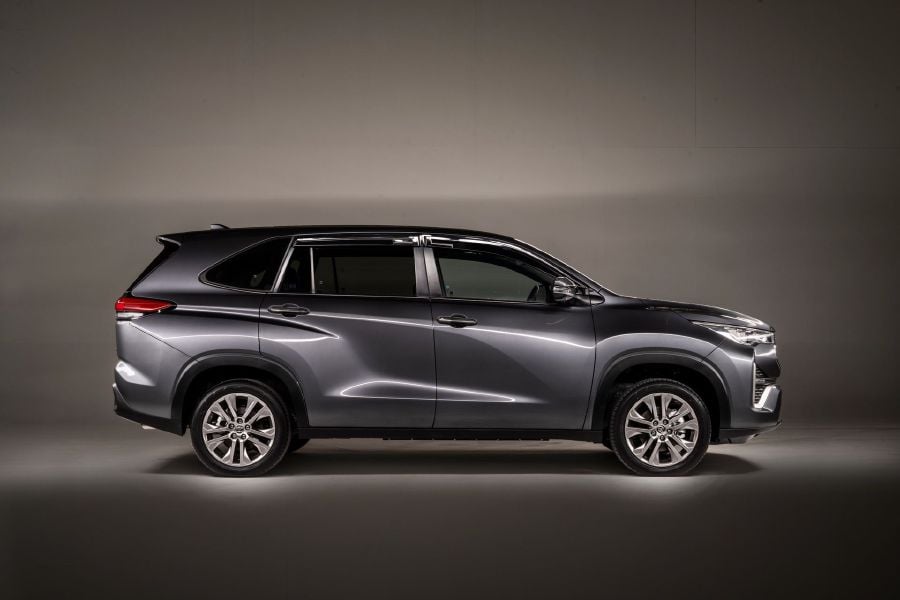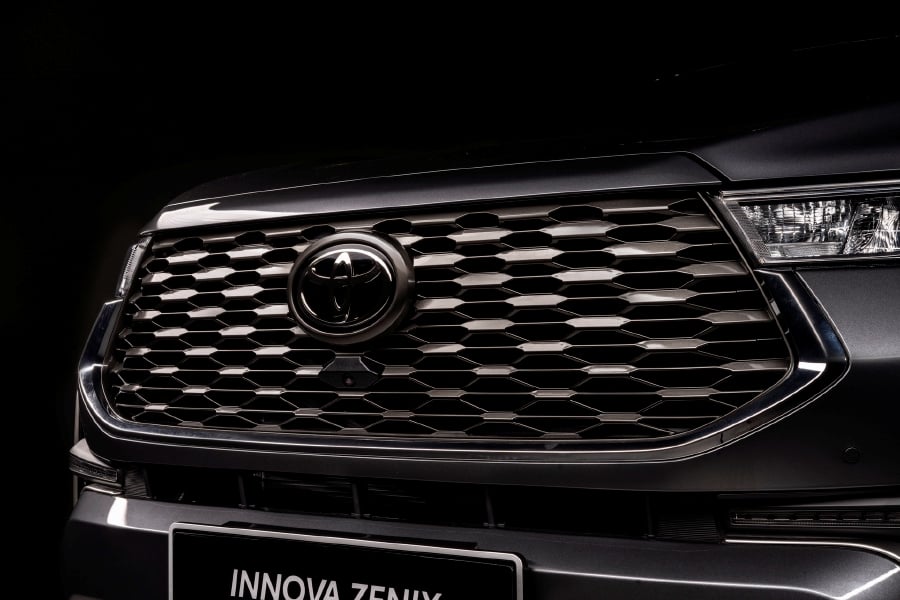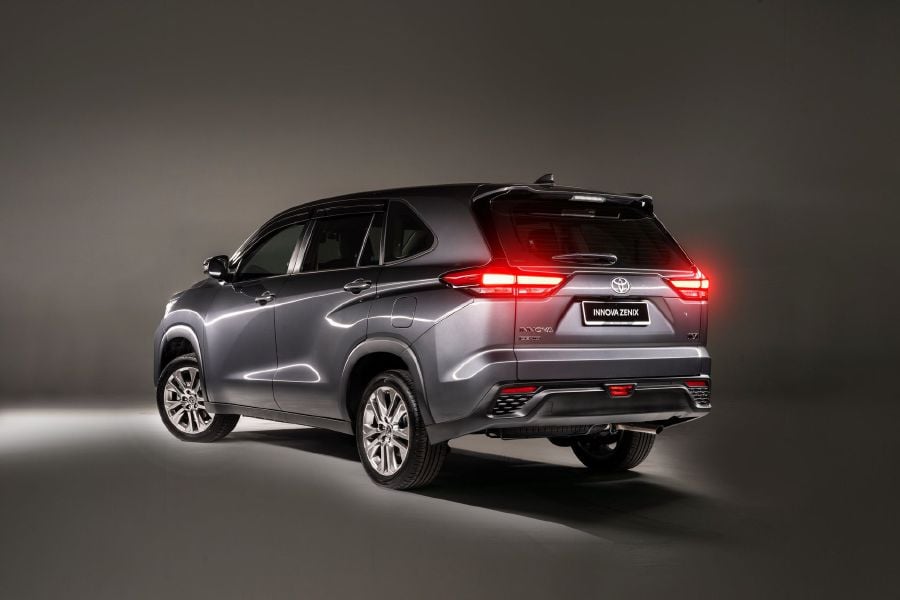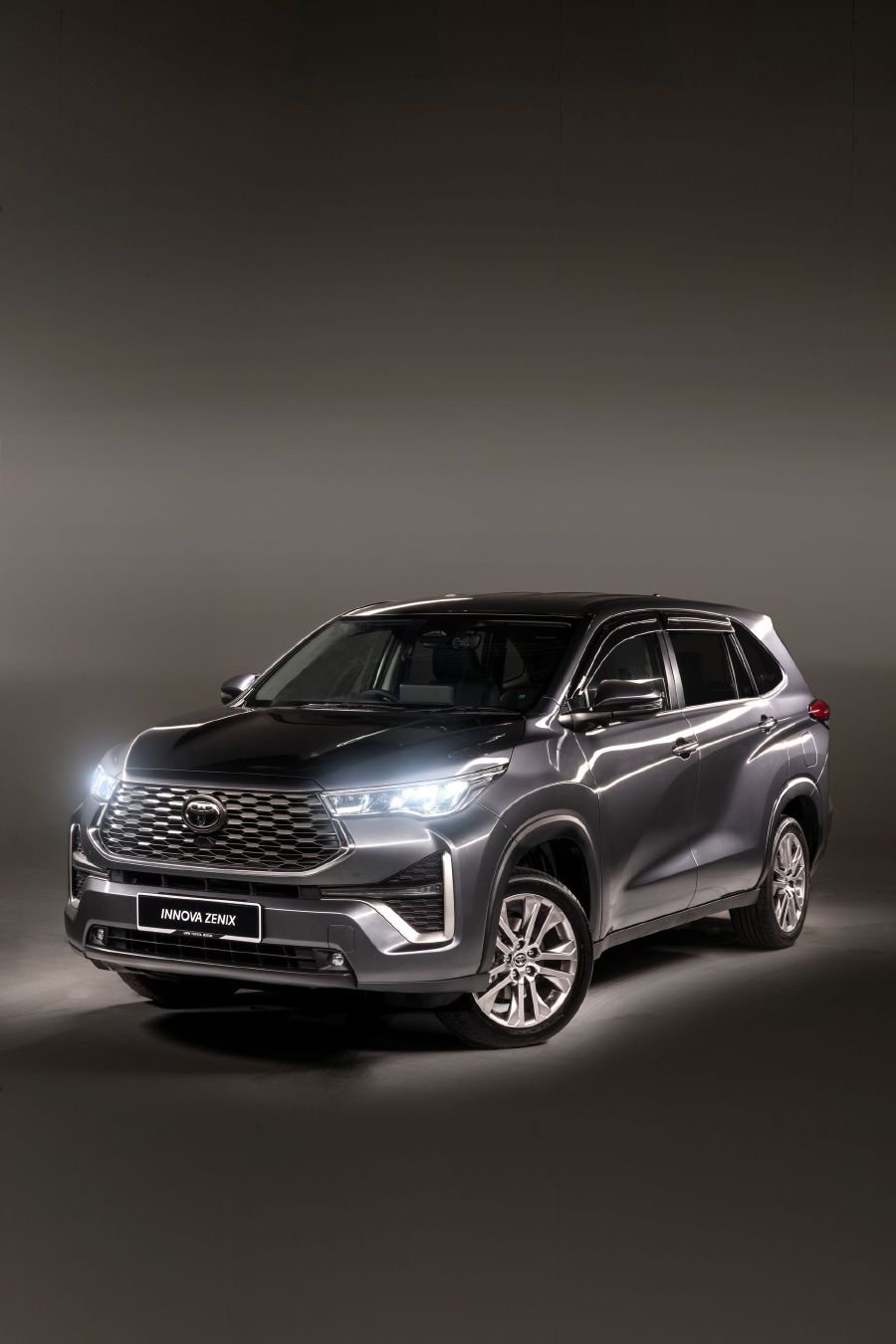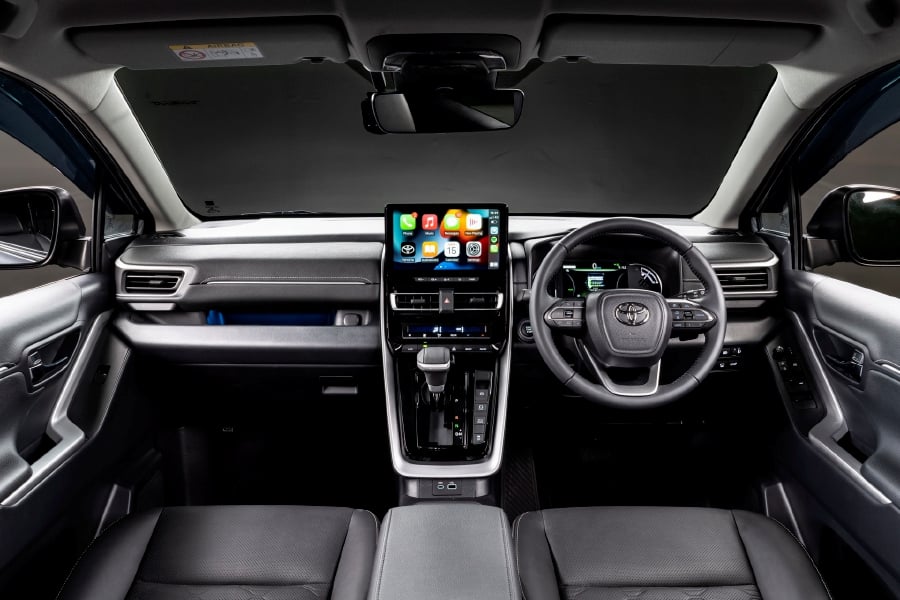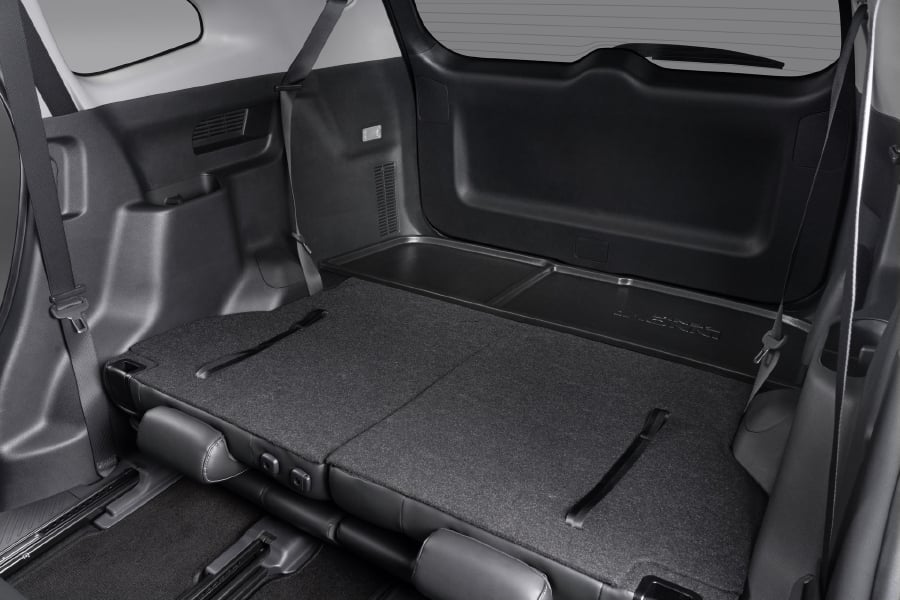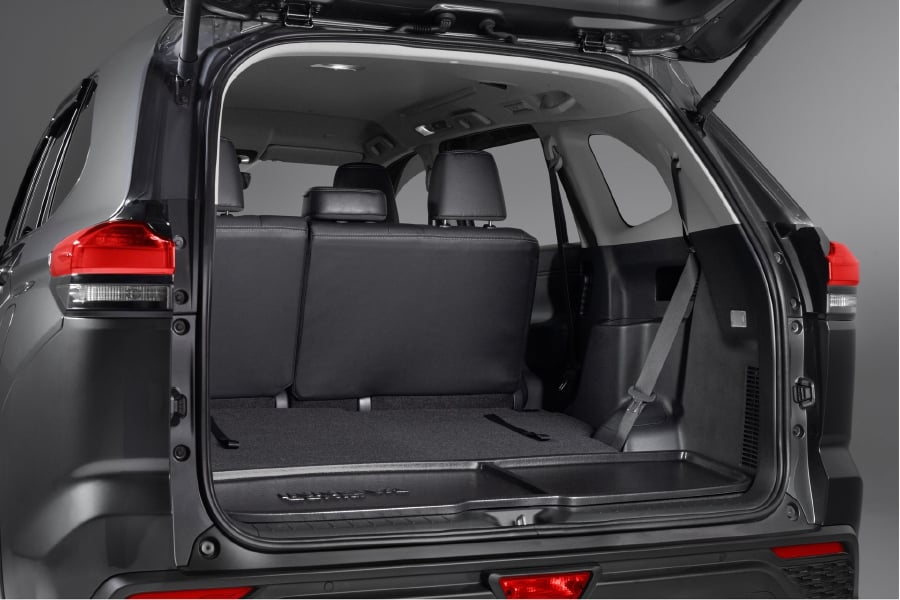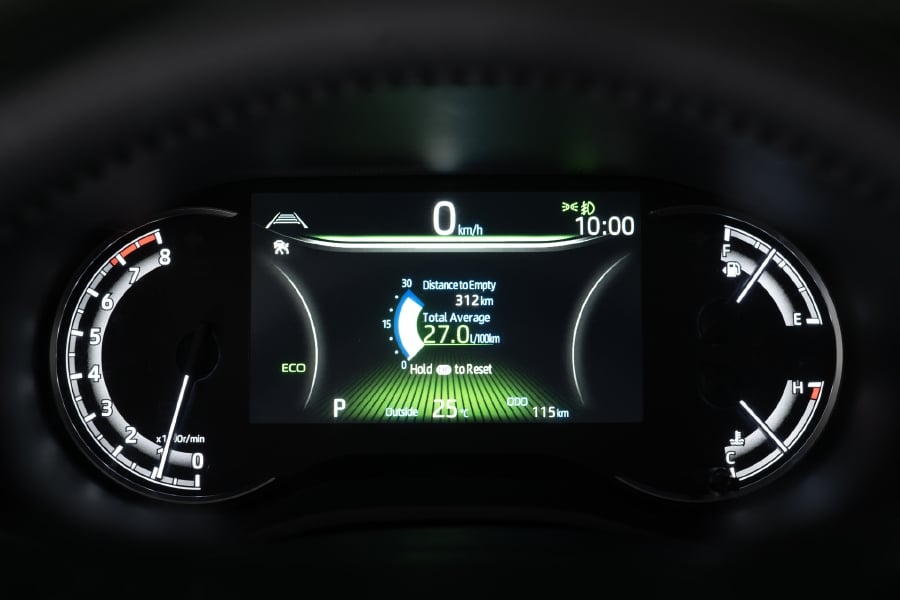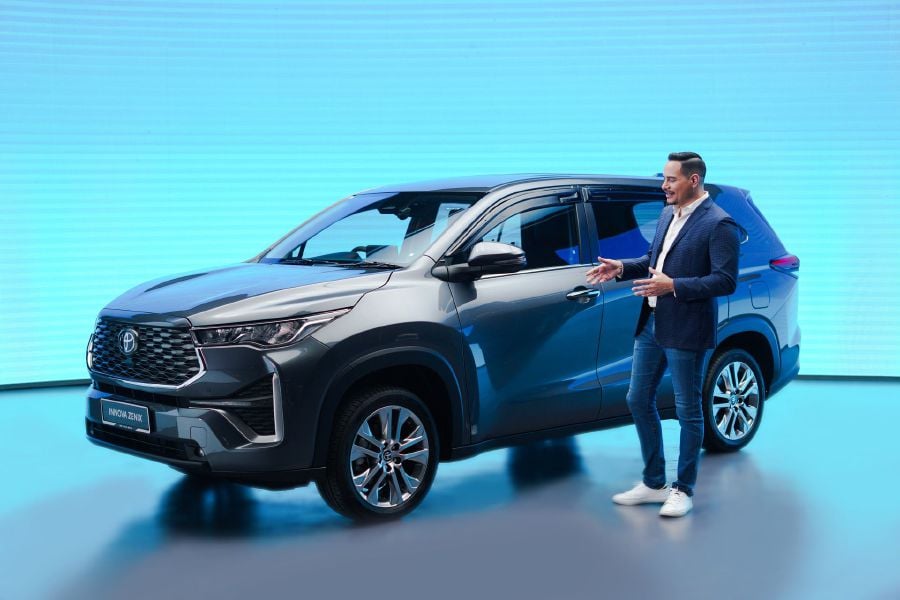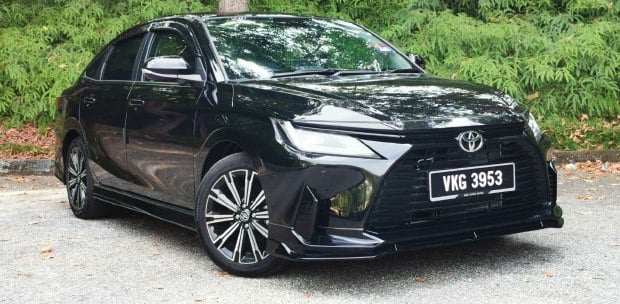ANTICIPATION rose to an all-time high when word got out that Toyota was going to introduce a follow-up to the Innova.
This comes at a time when many car brands are phasing out multi-purpose vehicles (MPVs) and turning sport utility vehicles into five-seater models with extra cabin and storage space,
As the market is still lacking C- and D-segment MPVs, expectations are high for the Innova Zenix to deliver.
HYBRID THEORY
Toyota's 2.0 MPV model adopts some of the brand's modern applications while making its own localised adjustments.
As with many of the carmaker's latest models, the Zenix is built on the new Toyota New Global Architecture (TNGA). The suspension is also similar to a front-wheel drive (FWD) passenger car with MacPherson struts in front and a torsion beam at the rear.
Speaking of FWD, the new powertrains have transversely-mounted engines that drive power to the front wheels instead of the rear. This is a major change to the imported model over its predecessor.
Though it shares a slightly similar height, the Zenix is slightly more spacious that the previous Innova (CG), having an extra 20mm in length and 15mm in width.
The cargo area can be expanded by folding down one or both backrests on the third row, as opposed to the Innova CG that is expanded by folding the third-row seats to the sides.
Despite the minimal increase in body width, the interior width is 550mm greater while the floor length is extended by 86mm.
The Zenix is also the first model in the Toyota lineup with the Toyota Safety Sense 3.0 (TSS 3.0), featuring the pre-collision system, dynamic radar cruise control, auto high beam, lane departure alert, lane tracing assist, and road sign assist.
Besides the systems that are part of TSS 3.0, the all-new Zenix also has a blind spot monitor system.
In terms of performance, the MPV is available in two powertrain variants: an eight-seater V variant with a two-litre Dynamic Force petrol internal combustion engine (ICE) paired with a continuously variable transmission (CVT), and the seven-seater with a Toyota Hybrid Electric Vehicle (HEV) drivetrain.
Both Dynamic Force powertrains use the Toyota M20A two-litre four-cylinder 16-valve DOHC engine, with the 2.0 HEV having a fifth-generation Hybrid Electric powertrain with a permanent magnet synchronous motor working together with the petrol engine.
The maximum output of the M20A-FKS engine in the 2.0 V variant is 174PS at 6,600 rpm and 205Nm of torque at 4,900rpm.
It is paired with a K120 10-speed direct shift CVT with Sequential Shiftmatic. This newly developed transmission has a "launch gear" mechanism used with a conventional belt and pulley mechanism.
The 2.0 HEV runs a M20A-FXS engine that has 152PS at 6,000rpm and 188Nm of torque at 5,200rpm.
The electric motor raises the output to a maximum of 186PS. It has enhanced fuel efficiency with D4-S (Direct and Port Injection), Atkinson Cycle to extract more energy from the fuel, and a 41 per cent top-class thermal efficiency.
The energy to power the motor is supplied by a 6.5 Ahr nickel-metal hydride (Ni-Mh) battery which, like other Toyota Hybrid Electric Vehicles, is self-charging. It uses an E-CVT for power delivery and is specially designed for HEV models.
This transmission functions like a CVT with an infinite number of gear ratios to suit every driving situation.
The 2.0 HEV also has an electric mode, besides the three drive modes, that allows the powertrain to run only on electricity for short distances.
It has a more premium image with the trapezium radiator grille composed of hexagonal pieces, which gradually change from top to bottom to create a mesh-like pattern that "opens up" at the lower portion. Additionally, the lower half of the radiator grille frame is plated.
Standard on the outside are LED headlamps and rear lights, and 18-inch alloy wheels with 225/50 tyres.
The cabin seats are wrapped in artificial black leather upholstery, with the HEV variant coming with captain seats (with a walk-through space to the rear) in the centre row, equipped with side tables. The HEV version also comes with a standard panoramic sunroof.
The ICE V variant's central row has space for three people and is divided 60:40 and can be folded down as well as slide forward for easier access to the third row, which is divided 50:50 to give variability in cabin layout.
The dashboard features a seven-inch full-colour multi-information display (MID) instrument panel for the driver and 10.1-inch Capacitive Touch Screen panel in the centre can connect wirelessly with Apple CarPlay and wired with Android Auto in addition to USB and Bluetooth.
The USB ports as well as two 12V sockets (one at the rear) along with cupholders are available for all occupants.
The standard safety features include front and rear disc brakes, vehicle stability control, anti-lock braking system, hill-start assist control, emergency stop signal, electrochromic rearview mirror, front and rear parking sensors, tyre pressure monitoring system, electronic parking brake, six SRS airbags, front and rear seatbelt warning, and ISOFIX points for compatible child seats.
There is also rear cross-traffic alert, panoramic view monitor a digital video recorder. The 10.1-inch display can be switched to show route navigation when needed.
The Vehicle Telematics System comes as security standard at no charge for the first three years of ownership. Its 24-hour command centre does not continuously monitor vehicle movements — only accessing such information when contacted by an owner via a dedicated phone number.
The Innova Zenix comes in five exterior body colours: Metallic Gray, Attitude Black (with mica finish), Avantgarde Bronze, Silver and Platinum White Pearl.
An additional Super White is available for fleet customers — a solid finish that gives a clean appearance and is suitable for branding to be added.
The Innova Zenix 2.0 V is priced at RM165,000 while the 2.0 HEV is priced at RM202,000, both on the road without insurance.
Like all current models offered by UMW Toyota Motor (UMWT), both come with a five-year warranty with unlimited mileage. The fully-backed factory warranty is transferable to the next owner if it is still in effect when sold.
The HEV's hybrid battery pack has a separate warranty of up to eight years, also with unlimited mileage. The warranty package includes the inverter and power management control ECU for the same length of time.
There will, however, be a minimal administrative cost for battery disposal.
UMWT will continue to offer the Innova 2.0X and 2.0G (referred to as Innova CG), which are currently assembled in Malaysia.
MOBILE MOVER
As MPVs and family carriers are not the hottest items in today's market, the Innova Zenix has its work cut out for it.
With MPVs not being the sexiest vehicles on the road, making the Zenix eye-catching is quite the task. The Innova also isn't exactly the comfiest or smoothest MPV in the market.
Having said that, and with what Toyota has to work with, this writer feels the little design touches have paid off immensely.
The MPV is well-equipped to keep the passengers comfortable throughout the journey.
With the long list of features, the Innova Zenix is as capable as any passenger-centric vehicle.
The vehicle's main hurdle is its pricing, especially if you're looking at the hybrid variant. MPVs are already a tough sell and it was hoped that the Innova Zenix's pricing would not break the bank.
With the Zenix 2.0 V variant priced at RM165,000, the HEV's RM200,000 price tag ensures it faces even stiffer competition.
Things get dicey for the Innova Zenix when it comes to power performance, which isn't its strongest suit. It is perfect for ferrying family and friends around while trading speed and sport experience.
VERDICT
Having driven the Innova Zenix on two different occasions, this writer feels its strength lies in the comfort it offers passengers.
When you look at the present market, there aren't many that are as complete as the Innova Zenix.
The good news is that you can't go wrong at all with this model. After all, you're not buying an MPV for its speed and power performance.
However, there's no denying its less than competitive pricing. Toyota probably knows this as well and maybe this is the reason why it has been treading carefully with promoting the model.
But there's no denying that the Innova Zenix is a more than capable MPV for the modern day family.


